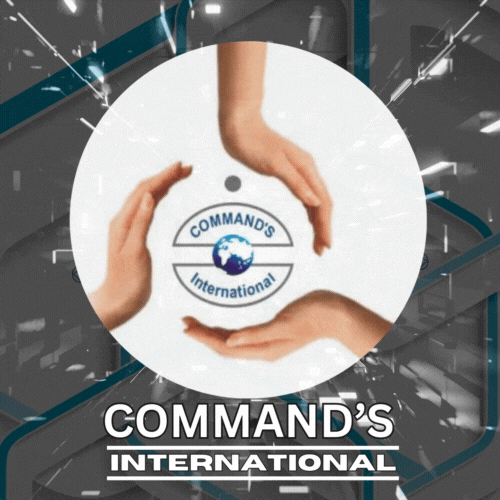In today’s digital world, banking systems offer a variety of payment methods to facilitate smooth and secure financial transactions. These methods cater to individual needs, providing speed, convenience, and security for both personal and business purposes.
This post explores the primary payment methods used in banking, their features, advantages, and examples to help you understand their role in financial accounting.
1. Debit Card
A debit card is linked directly to a customer’s bank account and allows for real-time transactions. It enables users to withdraw cash, make purchases, and pay bills, deducting the amount immediately from their account.
Features:
- Direct deduction from the bank account.
- Can be used for ATM withdrawals, online shopping, and point-of-sale (POS) transactions.
- Secure with PIN or two-factor authentication.
Example:
A customer purchases groceries worth ₹3,000 using their debit card at a supermarket. The amount is instantly deducted from their savings account.
2. Credit Card
A credit card allows users to borrow funds from the bank up to a pre-approved limit for making purchases or paying bills. The borrowed amount must be repaid within a specific time frame to avoid interest charges.
Features:
- Offers credit for a specific period.
- Comes with reward points, cashback, or discounts.
- Charges interest if payment is delayed beyond the due date.
Example:
A customer books a flight ticket for ₹20,000 using a credit card. The bank provides a 45-day interest-free credit period to repay the amount.
3. Real-Time Gross Settlement (RTGS)
RTGS is a system used for transferring large sums of money in real time. It is primarily used for high-value transactions, with no upper limit but typically a minimum transaction limit.
Features:
- Real-time and gross settlement (transactions processed individually).
- Ideal for large-value transactions.
- Available during specific banking hours.
Example:
A business transfers ₹10,00,000 to a supplier’s account using RTGS. The transaction is completed instantly without delay.
4. Immediate Payment Service (IMPS)
IMPS is an instant interbank electronic fund transfer service available 24/7. It is suitable for small to medium-value transactions.
Features:
- Real-time fund transfer, available round the clock.
- Accessible through mobile banking, internet banking, or ATMs.
- No minimum transaction limit.
Example:
A customer pays ₹5,000 to a friend via IMPS using a mobile banking app on a Sunday evening.
5. National Electronic Funds Transfer (NEFT)
NEFT is a nationwide payment system for transferring funds electronically. Transactions are settled in batches rather than real-time.
Features:
- Settled in hourly batches during banking hours.
- No minimum or maximum transaction limit.
- Suitable for low to medium-value transactions.
Example:
A student transfers ₹8,000 to a coaching center’s bank account using NEFT for tuition fees.
6. Society for Worldwide Interbank Financial Telecommunication (SWIFT)
SWIFT facilitates secure international transactions between banks globally. It is widely used for cross-border payments.
Features:
- Secure and standardized messaging for international transfers.
- Used by banks, businesses, and financial institutions.
- Involves currency conversion.
Example:
An exporter in India receives $5,000 from a buyer in the USA via SWIFT.
7. Unified Payments Interface (UPI)
UPI is a fast-growing, user-friendly payment method for transferring funds using a virtual payment address (VPA). It is widely used in India for small and medium transactions.
Features:
- Real-time, 24/7 fund transfer.
- Requires only a smartphone and VPA.
- No transaction fees for most users.
Example:
A user pays ₹250 for coffee at a café using UPI via their mobile app.
8. Cheque Payments
Cheques are traditional instruments for transferring funds by instructing the bank to pay a specified amount from the issuer’s account to the recipient.
Features:
- Useful for formal and large payments.
- Requires clearing, which takes 1–3 business days.
- Provides a record of payment.
Example:
A landlord receives a cheque for ₹15,000 as monthly rent from a tenant.
9. Demand Draft (DD)
A demand draft is a prepaid instrument issued by a bank, guaranteeing payment to the specified recipient. It is often used for secure transactions.
Features:
- Prepaid and cannot bounce like cheques.
- Requires the issuer to deposit the money in advance.
- Used in scenarios requiring guaranteed payment.
Example:
A student pays ₹50,000 for university admission via a demand draft.
10. Bank Transfers via Internet and Mobile Banking
Online banking enables fund transfers through platforms like internet banking and mobile apps.
Features:
- Accessible anytime, anywhere.
- Supports multiple payment methods (NEFT, RTGS, IMPS, UPI).
- Easy to track and manage transactions.
Example:
A business pays ₹25,000 to a freelancer using internet banking via NEFT.
Advantages of Modern Payment Methods
- Convenience: Enable fast and hassle-free transactions.
- Security: Advanced encryption ensures the safety of funds.
- Versatility: Suitable for domestic and international transfers.
- Transparency: Keeps a digital record of transactions.
Conclusion
Understanding the various payment methods in the banking system is essential for managing personal and business finances effectively. Whether it’s using a debit card for daily expenses, RTGS for large transactions, or SWIFT for international payments, each method has unique features that cater to different needs.
At Commands Global, we provide practical training in financial accounting, including modern banking systems and payment methods. Enhance your financial expertise with our comprehensive courses.
📘 Enroll Today!
Visit www.commandsglobal.com to master financial accounting and banking skills!

